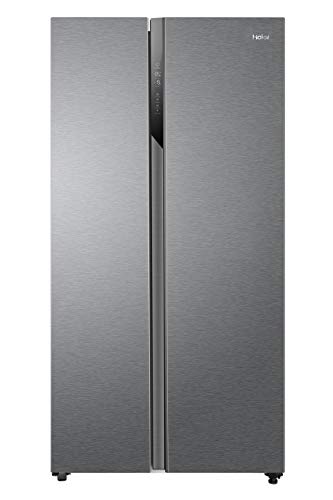Refrigerators and freezers are two of the most important appliances in modern cooking areas. These appliances serve a vital role in food conservation and waste decrease by making sure that perishable products remain fresh and safe for usage. This post looks into the numerous kinds of fridges and freezers, their performances, and essential considerations for choice and maintenance.

The marketplace offers a range of refrigerator types, each created to fulfill different consumer needs. Below is a list of the most common types of fridges:
Top-Freezer Refrigerators
Bottom-Freezer Refrigerators
Side-by-Side Refrigerators
French Door Refrigerators
Compact Refrigerators
| Type | Benefits | Downsides | Typical Size |
|---|---|---|---|
| Top-Freezer | Budget friendly, energy-efficient | Less hassle-free access to the freezer | 14-30 cu. ft. |
| Bottom-Freezer | Much easier access to fresh food | Freezer can be more difficult to organize | 19-30 cu. ft. |
| Side-by-Side | Easy access, water/ice dispenser | Narrow vs. storage space | 22-30 cu. ft. |
| French Door | Trendy, large, arranged | More costly | 20-30+ cu. ft. |
| Compact | Space-saving, portable | Limited storage | 1.7-5.5 cu. ft. |
Freezers are a similarly essential home appliance for food preservation. They are available in various designs designed to fit various home requirements. Consider the list below types:
Upright Freezers
Chest Freezers
Portable Freezers
| Type | Benefits | Disadvantages | Normal Size |
|---|---|---|---|
| Upright Freezer | Much easier to organize | Less energy-efficient, more floor space | 5-20 cu. ft. |
| Chest Freezer | Holds more products, energy-efficient | Harder to arrange | 5-25 cu. ft. |
| Portable Freezer | Compact and flexible | Restricted storage capability | 1-10 cu. ft. |
When choosing a fridge or freezer, consumers should bear in mind numerous features that can boost performance:
While fridges and freezers are vital innovations, they likewise have specific benefits and disadvantages:
| Pros | Cons |
|---|---|
| Protect food life expectancy and reduce waste | Require regular maintenance |
| Permit bulk buying and meal prepping | Can be expensive to purchase and run |
| Deal convenience and fast access to food | Inhabit considerable kitchen area |
To guarantee longevity and optimum performance of fridges and freezers, think about the following maintenance ideas:
Q1: How long can food be kept in a freezer?A: Most foods can be kept in a freezer for a number of months. Meats and poultry often last 4-12 months, while vegetables can last as much as 8-12 months.
Q2: How often need to I clean my fridge and freezer?A: It is suggested to clean your fridge and freezer every 3 to 6 months, or as required when spills occur. Q3: Can I put hot food directly in the fridge?A: It is recommended to cool hot food to space temperature before putting it in the fridge to prevent
raising the temperature level inside the home appliance. Q4: Why is my fridge running constantly?A: This might be due to a malfunctioning thermostat, clogged coils, or door seals that aren't working appropriately. Fridges and freezers are indispensable
properties to modern-day homes, providing important services for food storage and preservation.
Understanding the numerous types, functions, and maintenance requirements can assist consumers choose the best fridge uk devices for their needs and optimize their performance. Welcoming energy-efficient designs not just supports sustainable practices however also contributes to significant savings on energy expenses, making notified choices more important than ever.
No Data Found!

